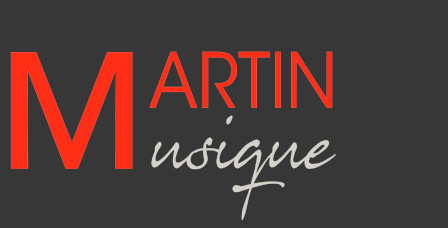Alessando SCARLATTI
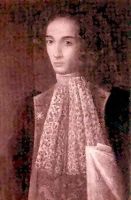
Alessandro Scarlatti (May 2, 1660 October 24, 1725) was a Baroque composer known for his operas. It is considered the founder of the Neapolitan school of opera. He was the father of Domenico Scarlatti. He was born in Sicily, Trapani or Palermo. Legend has it that he was a pupil of Giacomo Carissimi in Rome. However it now seems unlikely that the young Scarlatti, barely 12 years old, has been welcomed by the most famous musician Roman. The most likely hypothesis is that Scarlatti was the pupil of a modest composer Antonio Foggia, son of the famous choirmaster at S. Maria Maggiore, Francesco Foggia. On the other hand, there is reason to believe that he had links to the north of Italy, his works of youth showing the influence of Stradella and Legrenzi. Representation at Rome of his opera Gli Equivoci nell amore (1679) gained him the protection of Queen Christina of Sweden (who lived at that time in Rome), and he became the Kapellmeister. In February 1684 he became Kapellmeister of the viceroy of Naples, through the influence of his sister, an opera singer, who was the mistress of an influential Neapolitan noble. Here he produced a long series of operas, remarkable chiefly for their fluency and expressiveness, as well as other music for official ceremonies of the state. He left Naples in 1702 and did not return until the Austrian domination is no substitute for that of Spain. During this period he enjoyed the patronage of Ferdinand III of Tuscany, for whose private theater he composed operas, and in that of Cardinal Ottoboni, who made Kapellmeister, and procured him a similar position at the church Santa Maria Maggiore in Rome. After visiting Venice and Urbino in 1707, he resumed his duties at Naples in 1708, and remained there until 1717. From that time Naples seems to tire of his music; the Romans, however, appreciated it better, and it is the Teatro Capranica in Rome that he produced his finest operas (Telemaco, 1718; Marco Attilio Regolo, 1719 ; Griselda, 1721), as well as remarkable works of religious music, including a mass for ur hp and orchestra, composed in honor of Saint Cecilia for Cardinal Acquaviva in 1721. His last practice of large been the unfinished serenata for the marriage of the Prince of Stigliano (1723) and died in Naples. Scarlatti's music forms an important link between the attempt to "new music" of the seventeenth century and the classical school of the eighteenth century which culminated in Mozart. His early operas (Gli equivoci sembiante nel (1679); the honesta negli amori (1680); Pompeo (1683), containing the famous arias and O cessate piagarmi Toglietemi di vita ancor, and others up 'in about 1685) still use the older cadences in their recitatives and a wide variety of neatly constructed forms in their charming little arias, accompanied sometimes by a string quartet, treated with careful elaboration, sometimes accompanied by the harpsichord alone. Since about 1697, and before the Caduta del decemviri, perhaps under the influence of the style of Giovanni Bononcini and most likely even more under the influence of the taste of the Viceroy, his operas are becoming more conventional and commonplace in rhythm , while his scoring becomes more severe, yet not without brilliancy (Eracles, 1700), the oboes and trumpets being frequently used, the violins often playing in unison. The operas composed for Ferdinando de 'Medici are lost, maybe they would have given a more favorable idea of his style, his correspondence with the Prince showing that they were composed with a sincere sense of inspiration. Mitridate Eupatore, considered his book mistress, composed for Venice in 1707, contains music far in advance of anything that Scarlatti had written for Naples, both technically and intellectually. The last Neapolitan operas (L'Amor e voluble tiranno (1700); fedele La Principessa (1712); Tigranes, 1715, & c. ) Are showy and effective rather than profoundly emotional; instrumentation marks a great advance over previous works, the voice is mainly accompanied by string quartet, the harpsichord being reserved exclusively for the noisy instrumental tunes. It is in the opera Teodora (1697) initiated the use of what ritornello for the orchestra. His last group of operas, composed for Rome, shows a deeper sense of poetry, a broad and dignified style of melody, a strong dramatic sense, especially in accompanied recitatives, a technique that was first used in 1686 ( Olimpia vendicata) and a much more modern style of orchestration, the horns appearing for the first time and treated with striking effect. In addition to operas, oratorios (Agar and Ismaele esiliati, 1684; Christmas Oratorio, c. 1705; S. Filippo Neri, 1714; and others) and serenades, which all exhibit a similar style, Scarlatti composed upwards of five hundred chamber-cantatas for solo voice. They are chamber music's most intellectual of this period and it is regrettable that they have remained to date the manuscript, since a careful study of them is indispensable to anyone who wants to form an idea of he evolution of Scarlatti. His few remaining masses (the story of his having composed two hundred is hardly credible) and church music in general are comparatively unimportant, except the great St Cecilia Mass (1721), which is One of the first attempts in the style which reached its peak in the great masses of Johann Sebastian Bach and Ludwig van Beethoven. His instrumental music, while interesting, seem a handwriting very old compared to his vocal works. Google machine translation: Alessando SCARLATTI's original bio |
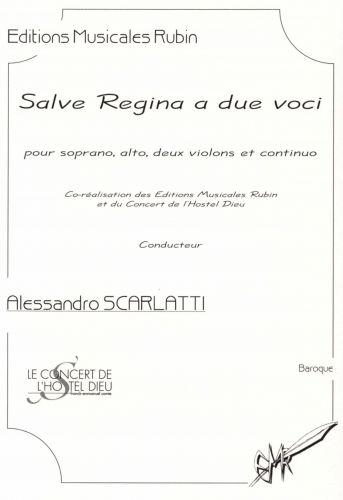 |
| ||
| Alessando SCARLATTI Publisher : Rubin Genre : Instrumental music Group : Voice Style & options : Voice and various ensemble |
(RUBIN1084) : € 67,57 | ||
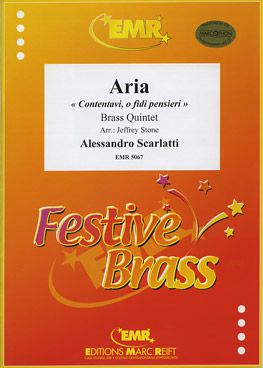 |
| ||
| Alessando SCARLATTI Publisher : Marc Reift Genre : Instrumental music |
(EMR5067) : € 28,42 | ||
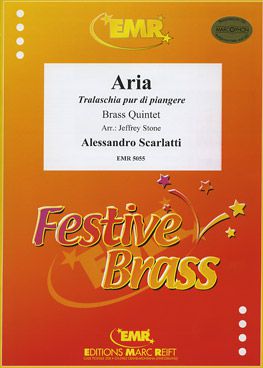 |
| ||
| Alessando SCARLATTI Publisher : Marc Reift Genre : Instrumental music |
(EMR5055) : € 28,42 | ||
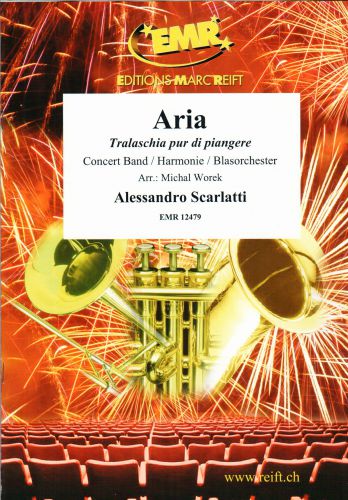 |
| ||
| Alessando SCARLATTI Arr : WOREK Publisher : Marc Reift Genre : Orchestra Group : Wind band |
Set Wind Band (EMR12479-BA) : € 84,40 | ||
